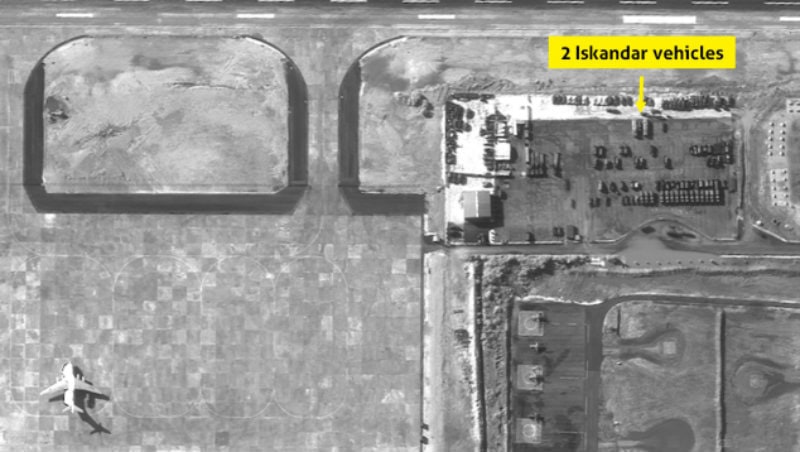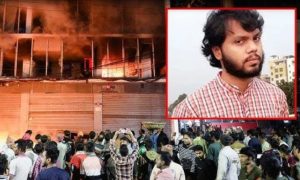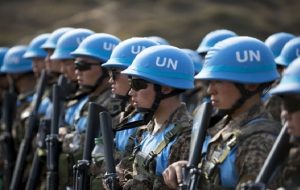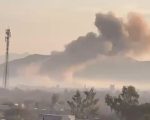DAMASCUS/JERUSALEM – Russia has placed advanced surface-to-surface ballistic missiles in Syria, according to an Israeli satellite imaging company, which published satellite photos of the ‘Iskander’ missile-launchers yesterday.
The Times of Israel quoted the ImageSat International saying its EROS B satellite captured photos of two vehicle-mounted SS-26 “Iskander” missile launchers in northern Syria. The launchers are located in the Syrian army’s Latakia airbase. Two other launchers had also been spotted at the base, it added.

The Iskander is a mid-range missile capable of carrying nuclear warheads, with a range of 400-500 kilometers.
The de-facto state of Israel has serious concerns over the missile launcher deployment, for which Russia refrained considering providing Iskander missiles to the Syrian President Bashar Assad.

The weaponry seen in the newly released photos is apparently controlled by Russian forces operating in Syria, and has not been handed over to Assad’s forces.
Israel is worried that the weaponry could fall into the hands of Lebanese militant group Hezbollah, which is fighting alongside Russian and Syrian regime forces, and is committed to destroying Israel.

Moscow launched its bombing campaign in Syria in September 2015, helping to turn the tide in favor of Assad’s ailing forces.
On Friday, Russia’s military said it has begun scaling down its deployment to Syria, with Moscow’s sole aircraft carrier set to be the first to quit the conflict zone.
“In accordance with the decision of the supreme commander of the Russian armed forces Vladimir Putin, the Russian Defense Ministry is beginning the reduction of the armed deployment to Syria,” Russian news agencies quoted military chief Valery Gerasimov as saying.

On December 29, President Putin had ordered a reduction in his forces in Syria, as he announced a ceasefire between government and rebel forces that has since dampened down the fighting.
Russia’s main commander in Syria Andrei Kartapolov said that Russia still had sufficient air defense capabilities in Syria thanks to its S-300 and S-400 systems deployed in the war-torn country.
Since September 2015, Russia had boosted its firepower on land in Syria and off the coast in the Mediterranean in support of regime forces targeting the second city of Aleppo.
Troops loyal to Russia’s ally Bashar Assad finally ousted rebels from the city last month in their biggest victory in more than five years of fighting, paving the way for the Kremlin to launch a fresh push for a political solution to the conflict.
Russia, along with Turkey and Iran, are currently pushing for peace talks to be held later this month in the capital of Kazakhstan, Astana.














